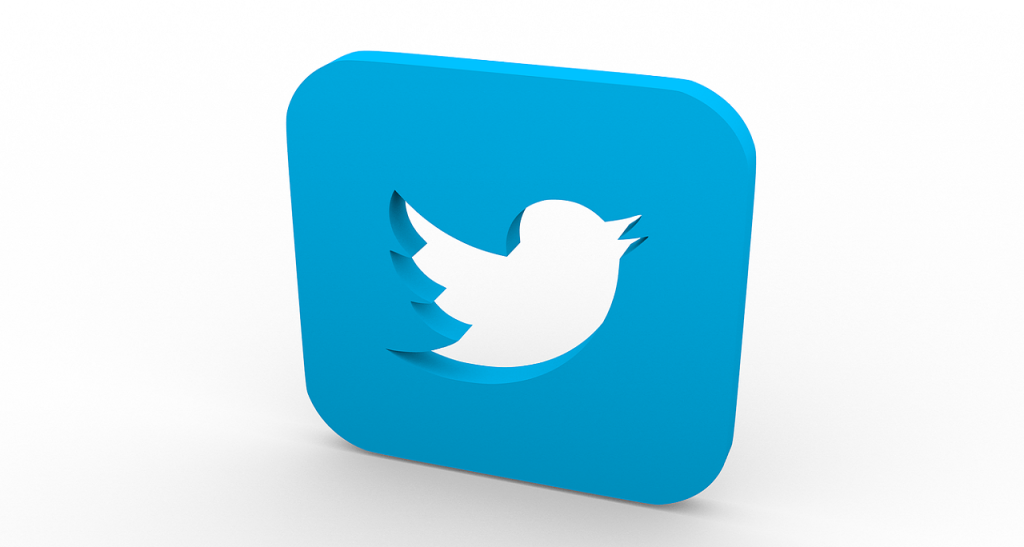Introduction
Twitter’s blue check mark is a symbol of verification that indicates the authenticity of high-profile accounts. Over the years, it has become a status symbol that signifies a user’s influence and credibility on the platform. However, Twitter recently announced that it would be removing the blue check mark from some high-profile users. This decision has generated a lot of discussion and speculation about its implications.
Implications
The removal of the blue check mark from high-profile Twitter users could have several implications. Firstly, it could signal a shift in Twitter’s verification policy. Twitter’s verification process has been criticized for being opaque and arbitrary, with many users questioning the criteria for receiving a blue check mark. By removing the blue check mark from some high-profile users, Twitter may be indicating that it is re-evaluating its verification process and looking to make it more transparent and fair.
Secondly, the removal of the blue check mark could have reputational consequences for high-profile users. The blue check mark has become a symbol of authority and credibility on Twitter, and its removal could undermine a user’s perceived legitimacy. This could be particularly damaging for individuals and organizations that rely on their Twitter presence to build their brand or promote their products and services.
Thirdly, the removal of the blue check mark could impact Twitter’s advertising revenue. Advertisers are often drawn to high-profile accounts with blue check marks because they are seen as trustworthy and credible. If Twitter removes the blue check mark from some high-profile users, advertisers may be less likely to invest in advertising on the platform, which could impact Twitter’s bottom line.
Finally, the removal of the blue check mark could have broader implications for social media as a whole. Social media platforms like Twitter are often criticized for amplifying the voices of high-profile users, who are seen as having outsized influence and power. By removing the blue check mark from some high-profile users, Twitter may be signaling a move towards a more egalitarian and democratic platform, where all users are treated equally.
Conclusion
In conclusion, the removal of the blue check mark from high-profile Twitter users is a significant decision that could have far-reaching implications for the platform, its users, and the broader social media landscape. It remains to be seen how Twitter’s verification policy will evolve in the wake of this decision and what impact it will have on the platform’s reputation, revenue, and influence.

